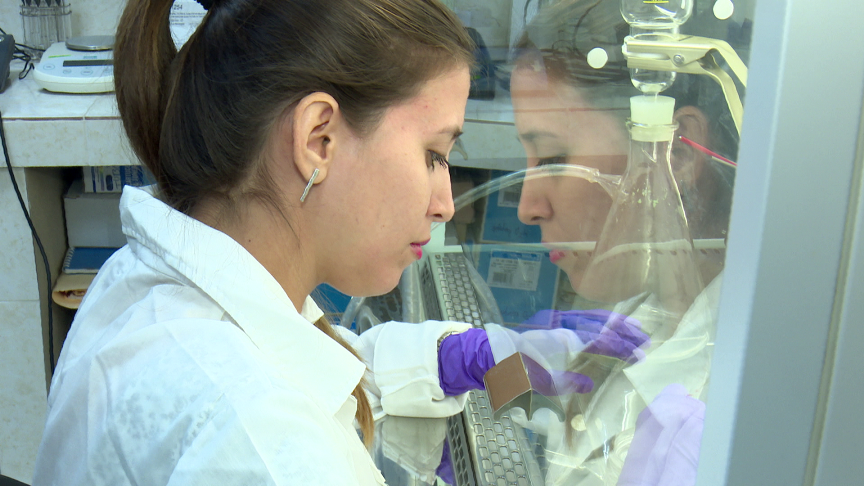Microplastics are one of the most worrying, complex and difficult to manage pollutants. They are plastic particles smaller than five millimeters in size caused by the fragmentation or direct manufacture of materials for industrial and domestic use that reach the oceans.

These microparticles are being incorporated into the various levels of the food chain, such as plankton, shellfish, fish, turtles, whales or seabirds and shorebirds.
This supposes ecological, sanitary and socioeconomic impacts.
The scientists of the network investigate contamination by microplastics and exchange valuable knowledge that contributes to the development of public policies, in the face of this emerging phenomenon.
PROBLEM.
One of the largest contaminations worldwide is plastic waste, which, in large quantities, reaches the oceans daily due to the high production and excessive use of these persistent materials, added to poor environmental management. As a result of wave action and sunlight, plastics that enter the sea break down into particles called microplastics.

On the other hand, microplastics also enter the marine environment directly, since they are present in everyday products, such as cosmetics, synthetic clothing, and personal hygiene and cleaning products, among others.
They can damage the food or trophic web: from the smallest and most vulnerable marine organism to the largest. This starts with the plankton, which ingest them and can die from malnutrition, which reduces the food supply for other organisms. Microplastics are also directly ingested by other organisms in the food web. In addition, they act as vectors of microorganisms that cause diseases, toxins, heavy metals and petroleum derivatives, which indirectly enter the food web through this route.
The complexity of the problem of microplastics is estimating their large-scale propagation and the damage they can cause to aquatic ecosystems. The effect of a macroplastic is evident, since, for example, it produces deformations, suffocation and organic and behavioral alterations. However, the effects of microplastics are still unknown and require specialized techniques for diagnosis.
INFORMATION FOR ACTION
REMARCO seeks to investigate and diagnose the impact of microplastics on marine ecosystems with the purpose of providing scientific information to the authorities of the region and supporting decision-making, as well as achieving transformation in public policies to prevent and reduce current pollution levels in accordance with the United Nations Sustainable Development Goals, in particular Goal 14.

REMARCO's collaborative activities have included the training of scientists and the establishment of common work methodologies to quantify and characterize microplastics in coastal marine ecosystems in the region. For example, in 2018, the first course for training microplastic samplers on sandy beaches was held at the Laboratory of Radioecology and Environmental Alterations (LARA), in Niteroi, Brazil.
Likewise, protocols for taking and analyzing samples and interpreting the results have been established. Finally, it is worth highlighting the shared use of existing laboratories in some of the countries of the region.
THE SCIENCE
To identify sources, determine concentrations, and assess the effects of microplastic contamination on the environment and on organisms, REMARCO scientists use low-cost sampling methods and optical microscopy and infrared spectroscopy (EIR) techniques.

The EIR allows knowing the chemical composition of the various types of plastics and thus identifying whether they come from fragments of bottles or bags, particles present in toothpaste, exfoliant or other domestic and industrial products.
The governments of the participating countries can access the information provided by REMARCO through a web platform for the management of microplastic data generated in research in the region.
